Shrimp Vein: To Remove or Not to Remove?
While it may not pose a major health risk—especially after cooking at high temperatures that kill bacteria—the vein is considered unclean and contains no nutritional value. Therefore, it’s recommended to remove it for better hygiene and peace of mind. If cooking shrimp for children, the vein should definitely be removed since their digestive systems are more sensitive.
Many people try to use toothpicks to pull out the vein, but this method isn’t always effective—especially with live shrimp—as the vein often breaks and some of it remains. Instead, you can try these four cleaner, more effective methods to remove the vein while keeping the shrimp intact:

Method 1: Spoon Handle Trick
Hold the shrimp with the back facing up.
Insert the handle of a spoon gently into the gap between the shrimp's head and body.
Hook and pull out the waste and digestive vein. Since the waste sac is connected to the vein, it usually comes out easily in one go.
Method 2: Push-and-Pull Method
Hold the shrimp belly down to expose the back.
With one hand holding the head and the other holding the body (1–2 cm apart), gently bend the head downward.
Squeeze lightly to push the waste out from the head.
Grab and gently pull to remove the entire digestive vein.
This technique keeps the shrimp whole—ideal for dishes like boiled or steamed shrimp where presentation matters.
Method 3: Side Shell Release
Turn the shrimp belly-up. Hold the body with one hand.
Use the other hand to peel the shell on both sides of the head, carefully so the head doesn’t detach.
Once the shell is loosened, gently pull the head, and the vein and waste will come out together.
Method 4: Slit-and-Remove
First, remove the head and peel off the shell from the legs upward.
At the tail, grip it with two fingers and pull it off cleanly.
Place the peeled shrimp on a cutting board and use a knife to slit the back, exposing the vein.
Pull out the vein to finish.
Extra Tips
The vein and the shell contain no nutritional value and should be removed—especially for young children who could choke on shells.
The head of the shrimp should also be discarded as it often contains waste and toxins.
Source: doisongphapluat.com.vn
Aqua Mina's distributor in Japan: REX INDUSTRIES CO., LTD
- Address: 1-9-3 Hishiya-Higashi, Higashi-Osaka 578-0948 JAPAN
- Email: kimakubo@rexind.co.jp
- Phone: +81-(0)72-961-9893
- Website: http://www.rexind.co.jp/e/
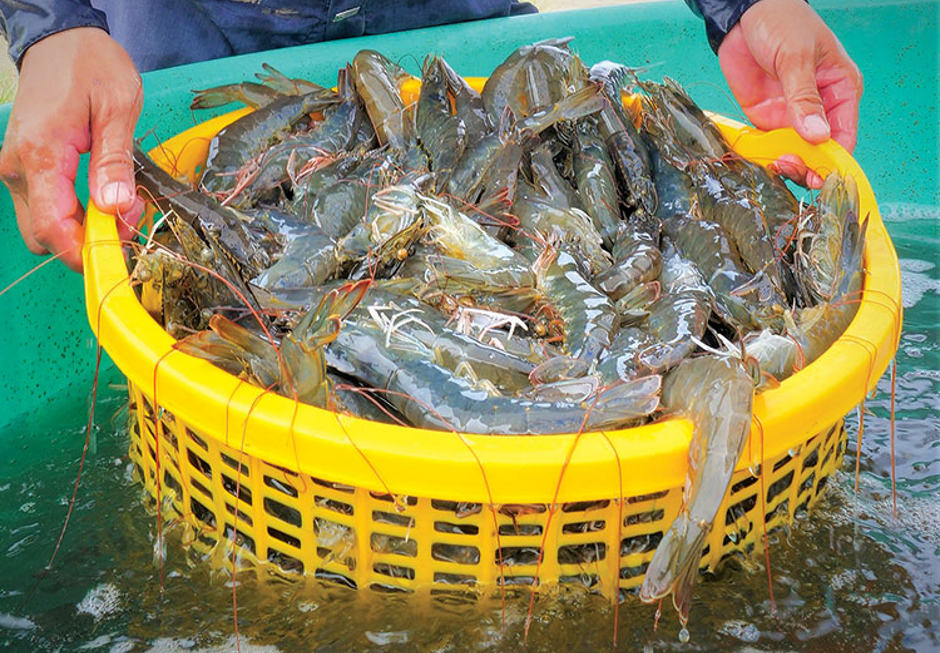
WE WORK FOR YOUR SUCCESS!
Ngày đăng : 16/05/2025
1838 View
Other Articles
Global Shrimp Forum: Global shrimp trade is reshaping
China’s Import Value Up 10%, Vietnamese Shrimp Remains Among Leading Suppliers
After the 7.5-magnitude offshore earthquake in Aomori that injured 34 people, Japan has issued a warning about a potential mega-earthquake
India’s shrimp exports accelerate despite the trade war with the United States
Portuguese food group acquires 18% stake in cod farming company Norcod
Indonesia implements radioactive-free shrimp certification for exports to the United States
India is world’s second-largest shrimp producer. That is now under threat
Ca Mau’s shrimp industry moves towards “green” growth
Floods devastate aquaculture, processing operations in Vietnam
Ecuador Leads Global Shrimp Exports, Surpassing USD 7 Billion in 2025
India's marine product exports rise 16% as new markets offset US dip
Skretting presents the first shrimp feed with insect meal in Vietnam








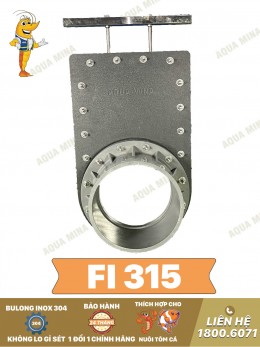
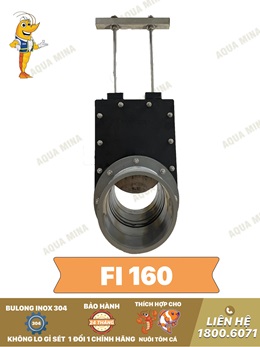


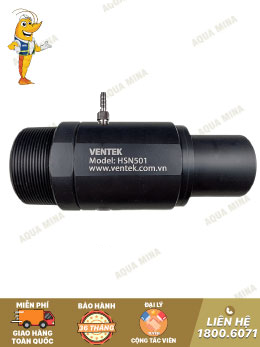
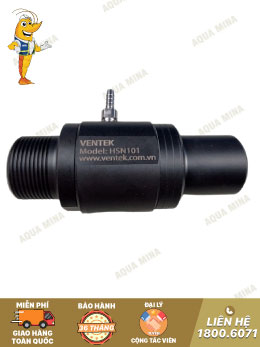

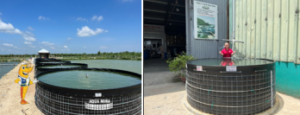
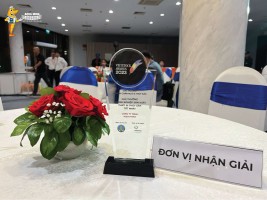


.jpg)